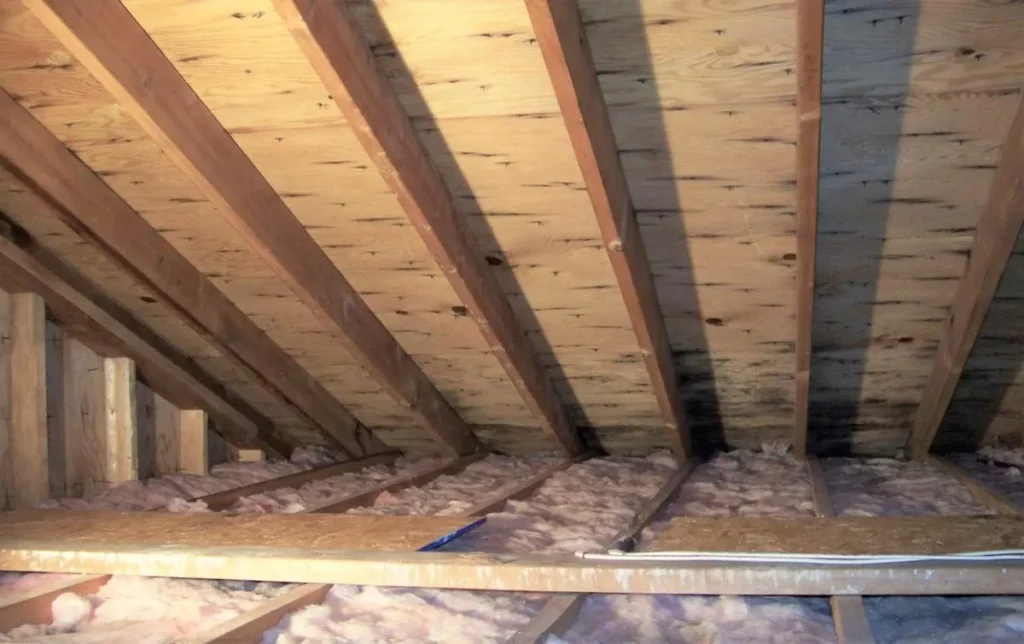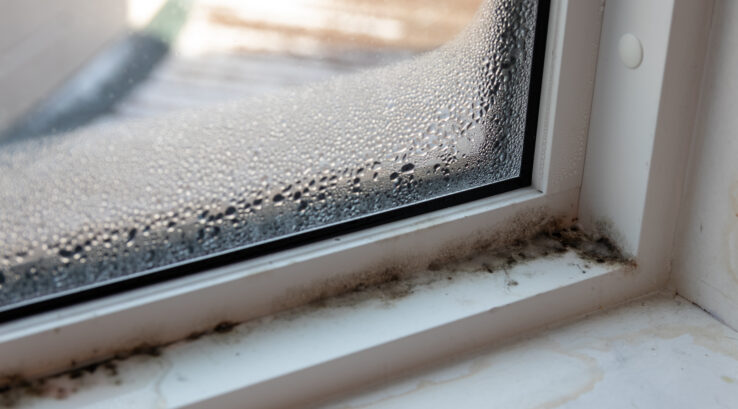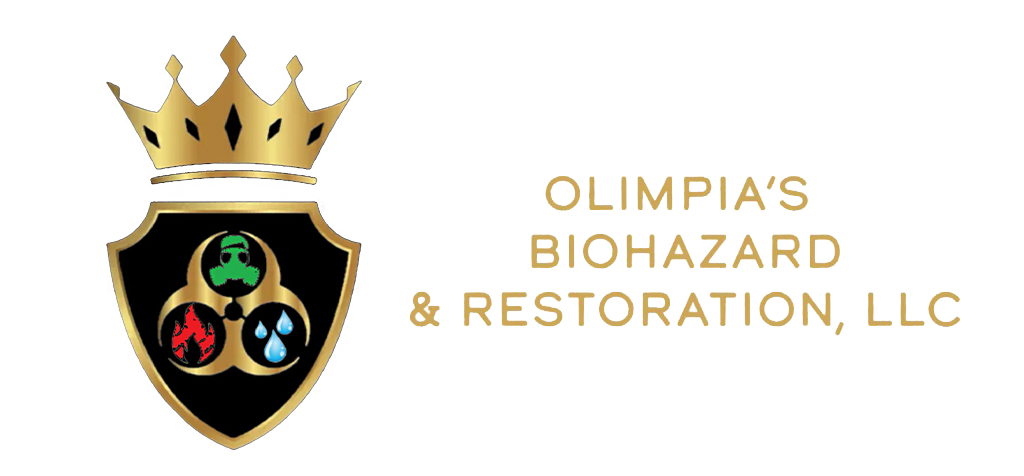Dealing with water damage in Portland? It’s important to tackle mold prevention head-on during water remediation. Mold loves damp environments, so after water damage, it’s a prime opportunity for it to thrive. But don’t fret! Olimpias’s Biohazard & Restoration are here to guide you through effective strategies to stop mold in its tracks. From proper drying techniques and ventilation to thorough cleaning and using mold-resistant materials, we’ve got you covered. Preventing mold growth isn’t just about repairs – it’s about safeguarding your indoor air quality and your health. Let’s explore these strategies and ensure your space stays mold-free and healthy after water damage.
Swift Water Removal:
Alright, let’s dive into the first key strategy: swift water removal. Picture this – you come home to find a burst pipe or a leaky roof has turned your space into a mini indoor swimming pool. The clock starts ticking because the longer that water lingers, the more inviting it becomes for mold to set up camp. Swift water removal is like hitting the brakes on mold growth. As soon as you spot the water, it’s time to roll up your sleeves and start the cleanup. Whether you’re using buckets, mops, or even a wet-dry vacuum, the goal is to get that water out of there ASAP. By acting fast, you’re sending a clear message to mold: “Sorry, no vacancy here!” So, when water invades, show it the door promptly – your home will thank you for it!
Thorough Drying:
Now, let’s talk about a crucial player in our mold prevention team: thorough drying. So, you’ve managed to get the water out, but that’s only half the battle. You see, even after the visible water is gone, moisture can still lurk in hidden nooks and crannies. And guess what? Mold loves moisture. Thorough drying is like the superhero that swoops in to save the day. It’s all about making sure every nook and cranny is bone dry. You might need to use dehumidifiers, fans, or even open up windows to let fresh air in. The goal is to create an environment that’s less inviting for mold – a place where it just can’t thrive. So, remember, drying is just as important as removing the water. Give mold no chance to make itself at home!


Proper Ventilation:
Alright, let’s plunge into the world of effective ventilation – your ultimate ally in the battle against mold during water remediation, in line with the role of ventilation in Mold Prevention. Picture your space as a refreshing breeze. When moisture is at play, proper airflow becomes your best defense. Swinging those windows open, deploying fans, and ensuring robust ventilation systems are all part of the grand strategy. Why, you ask? Well, mold loves cozying up in damp, stagnant spaces. But by welcoming in the outside air, you’re essentially showing mold the exit door. It’s like saying, “Sorry, mold, no room for you in this haven!” So, when you’re knee-deep in water remediation, bear in mind that ventilation isn’t just about breathing in fresh air; it’s about evicting mold and shaping an environment that’s not just unfriendly to mold, but downright mold-resistant!
Containment:
- Isolation: Seal off the affected area using plastic sheeting to prevent mold spores from drifting to other parts of your home.
- Negative Air Pressure: Use specialized equipment to create negative air pressure, sucking air and mold spores out of the contained area.
- Sealed Openings: Cover vents, ducts, and openings to block the escape route for mold spores.
- Protective Gear: Technicians wear personal protective equipment to avoid carrying mold spores on their clothes or shoes.
Containment isn’t about trapping mold; it’s about giving you control. By keeping mold contained, you’re stopping its potential spread and ensuring a more successful water remediation process.
Professional Assessment:
Before you jump into mold prevention during water remediation, it’s crucial to bring in the experts. A professional assessment is like the first step in a well-choreographed dance. Here’s why it matters:
When you enlist the expertise of seasoned professionals, they arrive armed with the expertise needed to assess the scope of water damage and the potential for mold growth. Through a meticulous inspection, often employing moisture meters and other advanced tools, they uncover hidden pockets of moisture. This crucial step paves the way for a tailored action plan, resembling a guiding roadmap that ensures every nook and cranny is addressed. So, before you take a single step forward, allow the pros to evaluate the situation – it’s the intelligent choice that lays the foundation for effective mold prevention during water remediation. And don’t stop there, as you explore tips of mold prevention to bolster your knowledge even further.


Mold Inspection:
Imagine your home in Portland as a puzzle, and mold inspection is like fitting all the pieces together to see the full picture. When professionals conduct a mold inspection, they’re detectives searching for any signs of mold growth and water damage. They’ll examine areas that are prone to moisture, like basements, attics, and crawl spaces. They might even use special tools, like thermal imaging cameras, to spot hidden issues. This inspection isn’t just about finding visible mold; it’s about uncovering potential problem areas that could lead to mold growth in the future. So, think of mold inspection as your home’s health check-up – a proactive step towards keeping your space mold-free and your peace of mind intact.
Effective Cleaning:
Once the mold has been identified, it’s time for the cleaning crew to put their skills to work. Effective cleaning is like saying goodbye to those unwelcome mold spores and ensuring they don’t make a comeback. The crew will use specialized cleaning agents and techniques to remove the mold from surfaces and materials. It’s not just about wiping it away; it’s about getting to the root of the problem. They’ll scrub, sanitize, and ensure that every nook and cranny is thoroughly treated. This step isn’t just about removing the visible mold; it’s about preventing its regrowth and ensuring your home is a safe and healthy place to live. So, imagine this phase as a fresh start – a chance for your home in Portland to breathe easier and mold-free.
Sealing and Repairs:
- Inspect for Damage: After cleaning, a thorough inspection helps identify any structural damage caused by the mold. This could include weakened materials or compromised surfaces.
- Repair and Replace: Damaged materials, such as drywall or flooring, need to be repaired or replaced to ensure the integrity of your home. This step prevents any future mold growth due to hidden moisture pockets.
- Sealing and Encapsulation: Sealing is essential to prevent any remaining mold spores from spreading. Special sealants are applied to surfaces to create a barrier that locks in any potential mold particles and prevents them from becoming airborne.
- HVAC System Check: If the HVAC system was affected, it needs a thorough inspection and cleaning. Mold can spread through air ducts, so ensuring it’s clean and mold-free is crucial.
- Waterproofing: To prevent future mold growth, focus on waterproofing vulnerable areas like basements or crawlspaces. This might involve applying waterproof paints or sealants.
- Ventilation Improvement: Proper ventilation helps control moisture levels and prevents mold. Ensuring good ventilation throughout your home is a long-term strategy for mold prevention.
- Final Assessment: After sealing and repairs, the area is thoroughly assessed to ensure that all traces of mold have been eliminated. This final check gives you the confidence that your Portland home is mold-free and safe.
Mold-Resistant Materials:
When it comes to preventing mold during water remediation, using mold-resistant materials is a smart move. These materials are specifically designed to deter mold growth even in damp environments. They have properties that resist moisture absorption and inhibit the growth of mold spores. When replacing or repairing affected areas, opt for mold-resistant drywall, paints, and insulation. These materials act as an added layer of defense against potential future mold issues. By incorporating mold-resistant materials into your Portland home, you’re taking proactive steps to ensure that your living spaces remain safe and free from mold-related concerns.
Regular Maintenance:
Regular maintenance stands as a key player in the ongoing battle against mold growth following water remediation in Portland, aligning with the importance of understanding the cost of mold removal and remediation. It’s crucial to recognize that the absence of visible moisture signs doesn’t equate to complete risk elimination. Form a habit of routinely inspecting your living space for potential leaks, drips, or areas prone to trapping humidity. Consistently clean and maintain your ventilation systems, including HVAC units and fans, to ensure proper and effective air circulation. Stay vigilant by keeping a close watch on areas previously impacted by water damage, and take swift action if any signs of mold resurgence appear. This proactive approach empowers you to foster a mold-free, healthy living environment for the long term. So, make sure you’re not just combating mold today, but also staying prepared for a mold-resistant future.
FAQ’s:
How do you prevent mold in water?
Properly drying and ventilating water-damaged areas can help prevent mold growth.
What are 3 ways to prevent mold?
Keeping indoor humidity levels low, promptly fixing leaks, and ensuring proper ventilation are key ways to prevent mold growth.
What are the best practices for mold remediation?
Best practices for mold remediation include proper containment, thorough cleaning, addressing the moisture source, and using appropriate protective gear.
What protective equipment should you always use to remediate mold?
You should always use personal protective equipment (PPE) such as gloves, N95 respirator masks, goggles, and disposable coveralls when remediating mold.
How do you prevent mold permanently?
To prevent mold permanently, ensure proper ventilation, control humidity levels, and promptly address any water leaks or moisture issues in your environment.
CONCLUSION:
In wrapping up, it’s clear that effective mold prevention during water remediation plays a pivotal role in upholding a healthy and secure environment in Portland, aligning with the benefits of utilizing professional mold remediation services. Swiftly addressing water damage, ensuring thorough drying, promoting proper ventilation, implementing containment measures, and relying on expert assessments collectively work to significantly diminish the risk of mold growth. Elevating these efforts, regular maintenance, the use of mold-resistant materials, and sealing repairs further bolster the quest for a mold-free space. Armed with these comprehensive strategies, you can find comfort in the knowledge that your property is fortified against mold, thereby enhancing the well-being of both occupants and the structural integrity of the building. So, rest easy, knowing that your proactive measures are your best defense against mold’s unwelcome presence.
